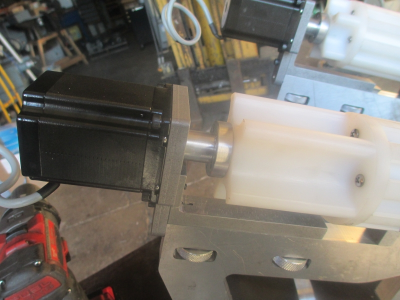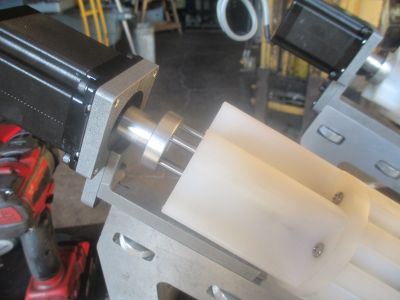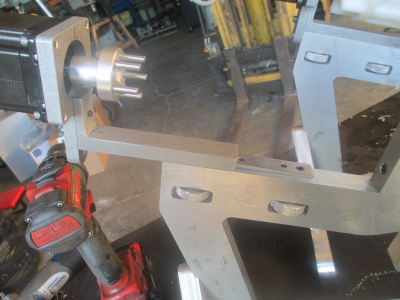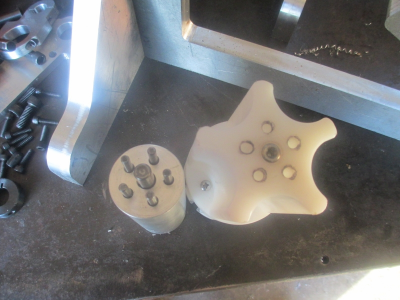Kudos for wanting to maintain the manual capability!
A typical DC servo motor for that application would be rated at about 32 in/lb of torque. With a stepper you typically would want to double that to prevent decoupling under spike loads and quick acceleration. So around 65 in/lb. Adding a bit more is a good thing. A common size is a NEMA 34, 1270 oz/in (about 82 in/lb). I have used these on larger machines than the 602, and were I to replace the servos on mine, this is what I would use. A 1:1 belt ratio would provide plenty of torque.
When using the system manually, you will want to electrically disconnect the steppers from the drive to prevent feeding back voltage to the drives, also the steppers are hard to turn when connected to the drive. A 4 pole switch or a plug would work well for this. You could also use a 4 pole relay for each motor and control all of them from a single switch. I do recommend switching Z separately, it's nice to be able to turn Z off and still use the X/Y positioning for manual hole drilling. I run mine that way many times.
I would (did) put the Z on the quill, but design it so it can be easily decoupled for manual use. This can be done two ways. One way is to bolt the ball nut carrier to a modified quill stop, this is the most common. Or build a geared unit that drives the quill pinon that can be shifted out of gear with a lever. This method also requires biasing the quill up with a counter balance to eliminate backlash. This system is not common, and in fact there may only be one in existence.




